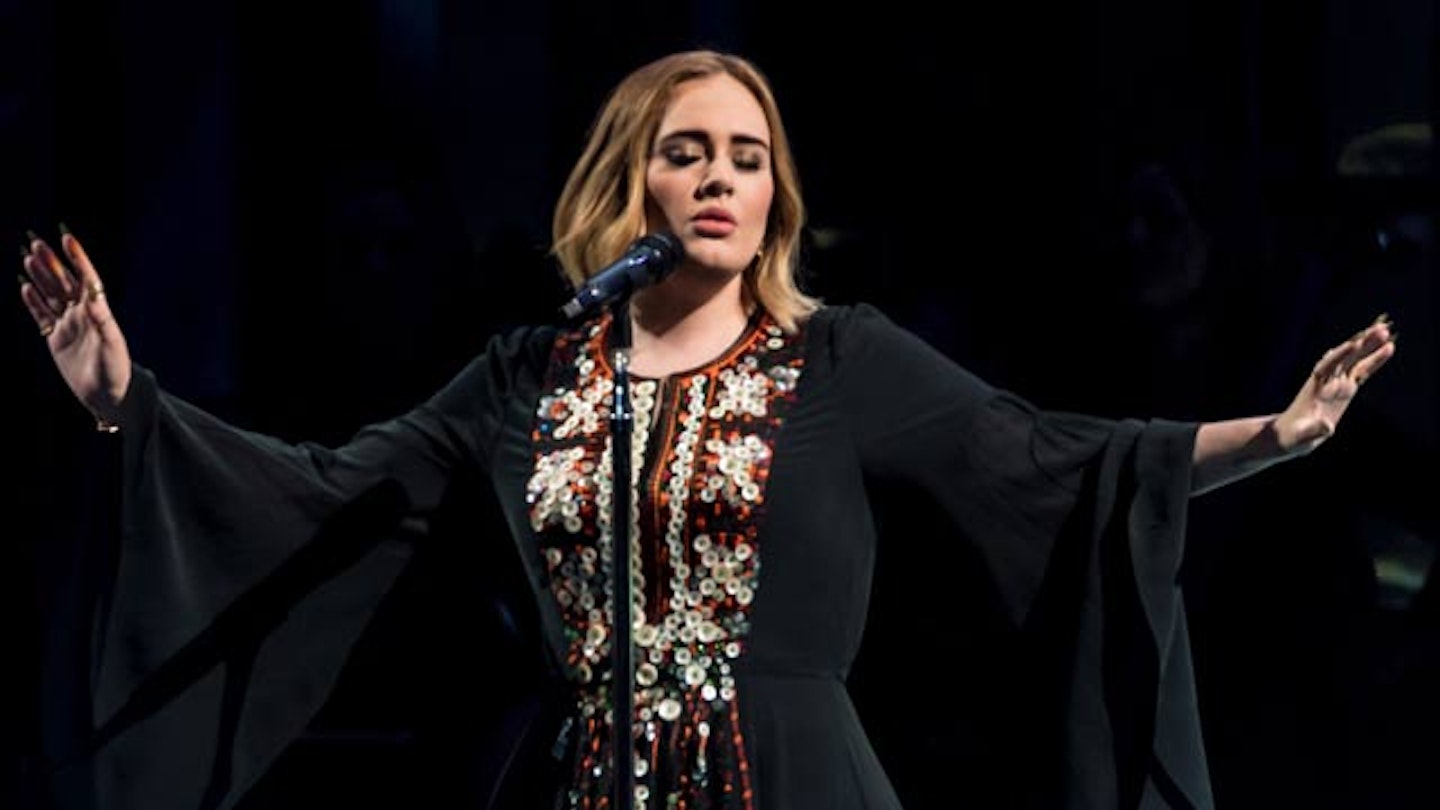As summer rapidly approaches,so does festival season. And with it the debate around sexism. A gender breakdown of festival acts by Pitchfork last week showed them to be 74% male, 14% female and 12% mixed gender. Glastonbury’s Pyramid Stage will be headlined by three male acts, while, in January, Reading and Leeds hit the headlines when their original line-up contained 57 men and one woman.
This summer at V Festival, Pink headlines one stage and Annie Mac the other – and if you brave the Worthy Farm mud, you can catch the likes of Katy Perry, Solange and Lorde somewhere on the Glasto bill. But these women are the minority. Just because Adele and Beyoncé (two of only eight female Glastonbury headliners ever) are on hiatus, is there really no one available to represent female artists? What about Super Bowl- smashing Lady Gaga? Rihanna, who has the third highest number of Top 10 hits of all time? Björk and her four-decade career?
The reasons for male-dominance are many – and continually debated. Structural power in the music industry remains overwhelmingly male, with one survey showing that only 30% of senior executive roles are occupied by women. As the culture of mainstream festivals has become intertwined with lad culture and Topman slogan T-shirts, perhaps promoters, bookers and A&Rs want more of the same.
It is, like so much in the music industry, normalised to see male names appear physically bigger on flyers and social media promos, but there is a more systemic issue at stake. Who makes the decisions about who sells and who doesn’t? Who chooses who gets playlisted on Radio 1? Or has the album of the week? All these contribute to consumers’ access to artists and in turn who makes top billing because of their popularity.
It’s not all bad. Festivals have become even more popular and diverse in their influences – their number listed in eFestivals jumped from 496 in 2010 to 1,070 in 2015 – opening up opportunity for grime, hip-hop and dance. While these genres are still largely male, the fact that this diversity is now seen as a wise investment is a step in the right direction and hopefully female visibility will follow as genres evolve. But why is it taking so long to catch up?
Perhaps the gender split in audiences is at play. Male-dominated ticket-buying has been blamed for male-dominated line-ups but, conversely, seeing more women on-stage might also make for safer spaces for female attendees. Last year, Glastonbury featured its first women-only ‘intersectional, queer, trans and disability-inclusive space’ called The Sisterhood, in an attempt to disrupt the status quo. And sexism is just one issue: more women doesn’t automatically equal more diversity all round. More straight white women at Glastonbury doesn’t mean more female artists of colour next year, but it does present a healthy challenge
for promoters. Festivals do send a message. Bookers need to open their eyes to the UK’s shifting demographic – where 14% of its population is BAME, 10% identify as LGBT, and where women outnumber men by almost a million. It might be time to reflect that on-stage, as well as out in the crowds.
READ MORE: Festival Fashion Trends Everyone Will Be Wearing This Year
